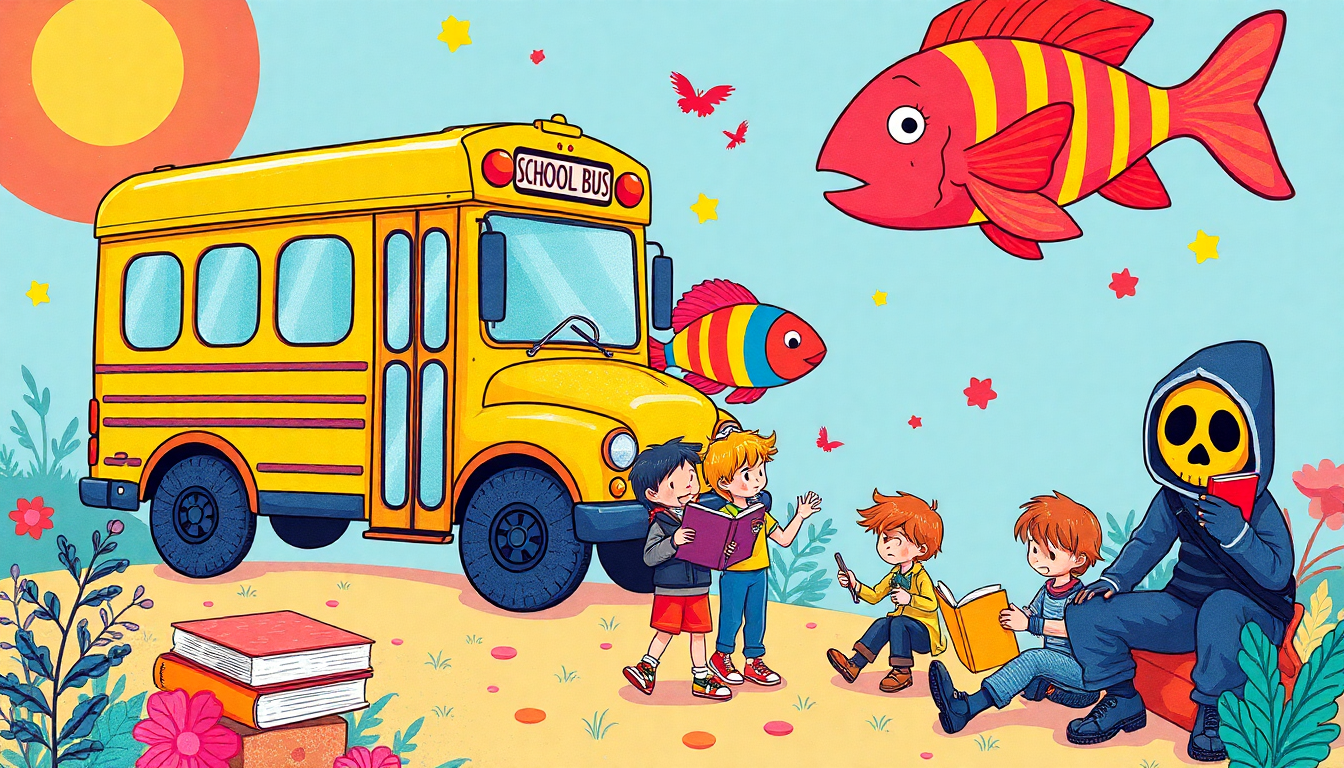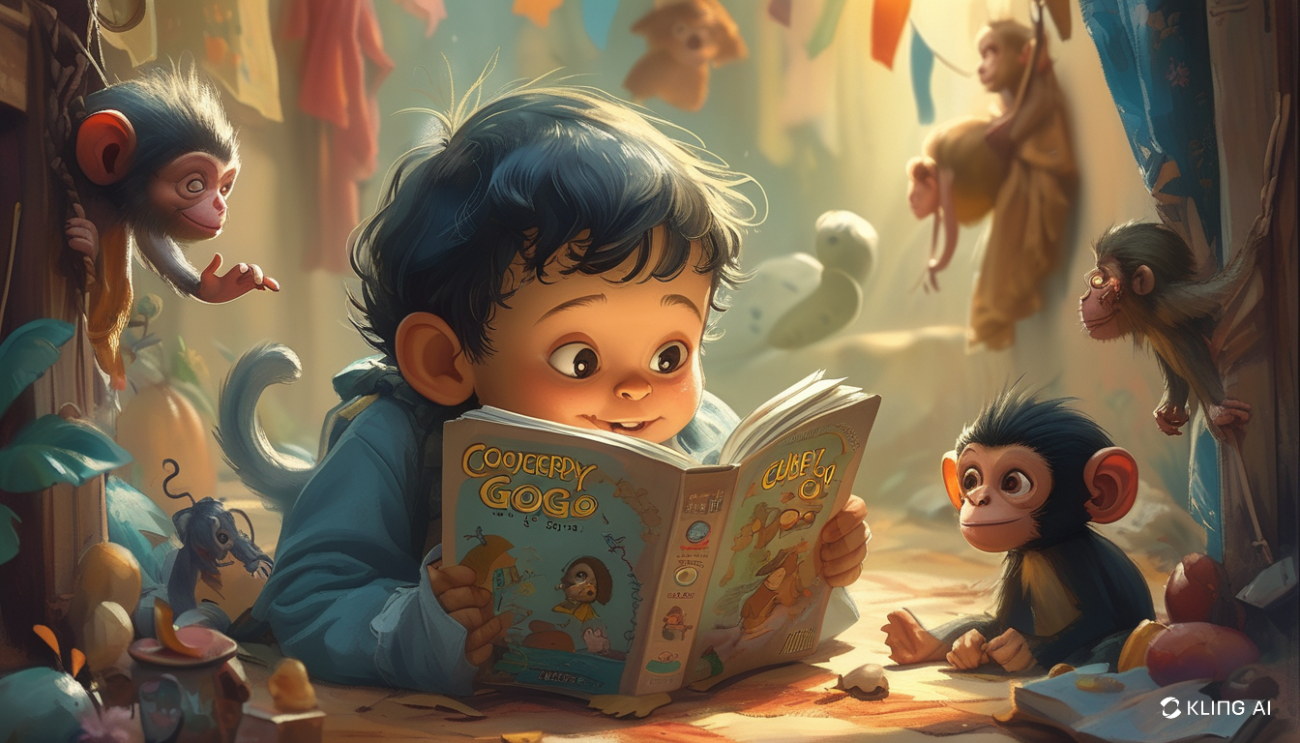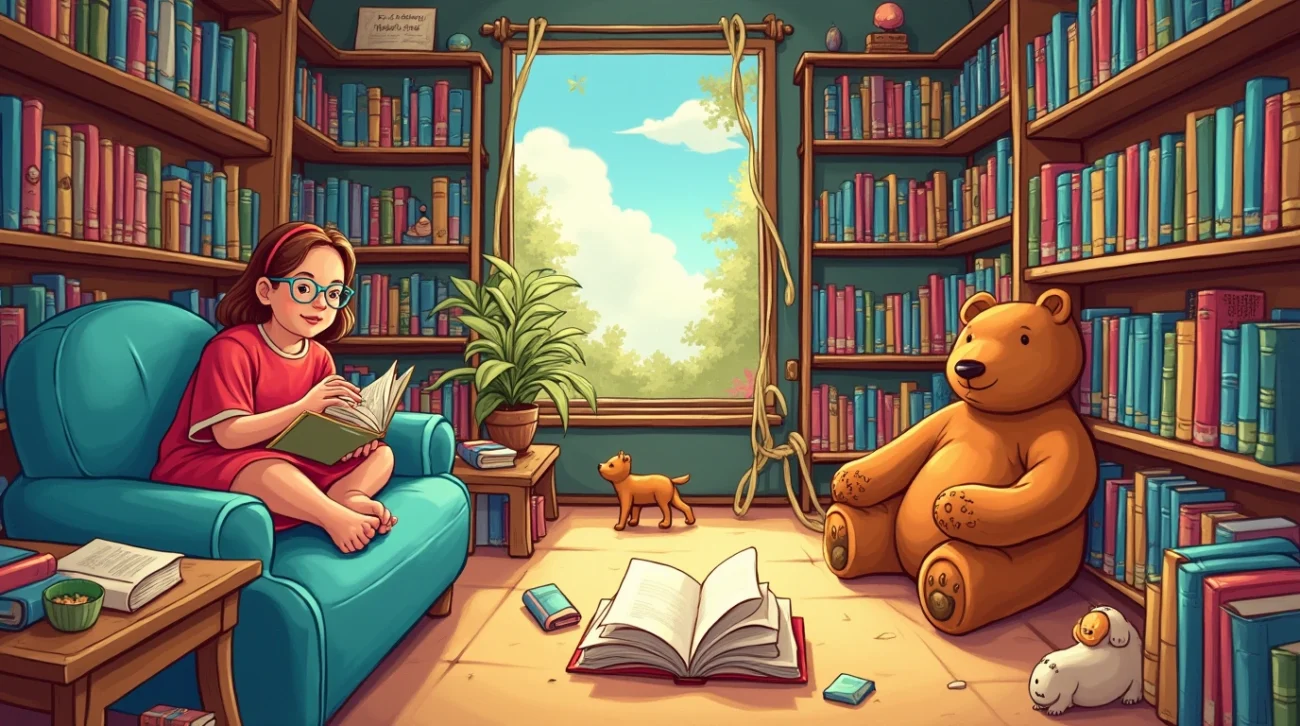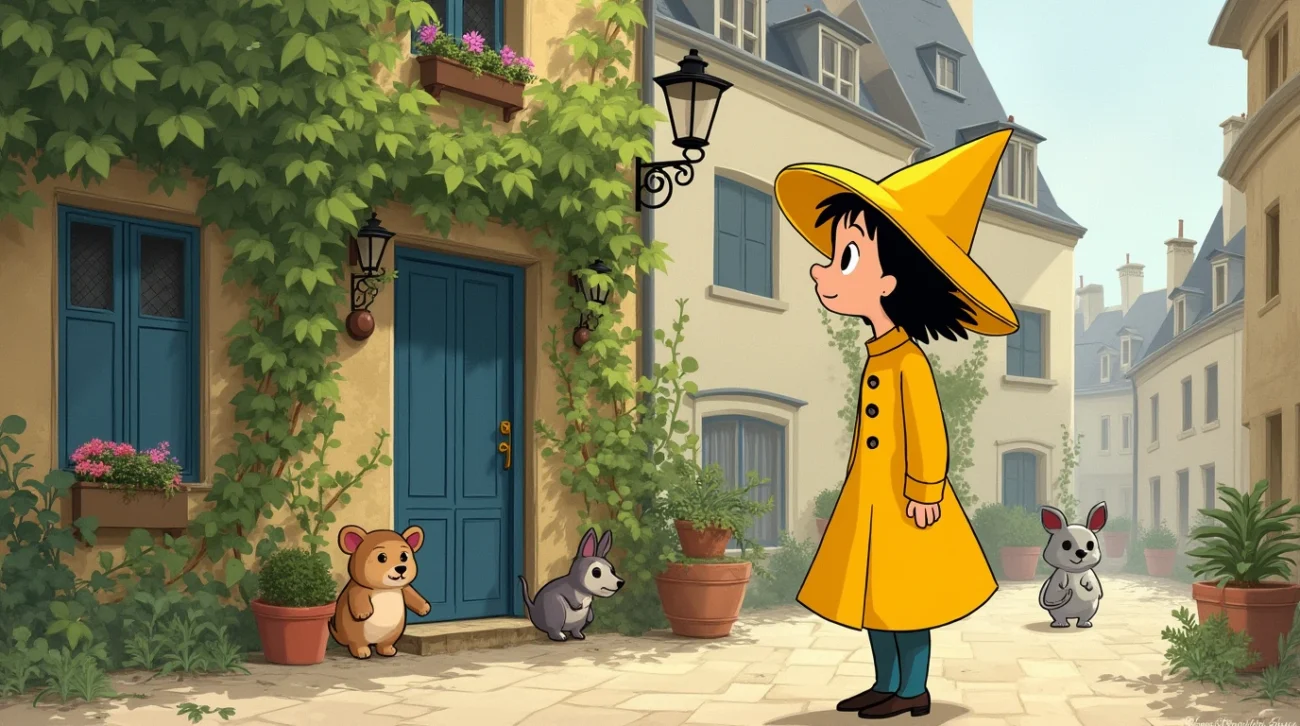Why Were Children’s Books of the 90s So Iconic?
Children’s books of the 1990s hold a special place in the hearts of many who grew up during that time. Whether it was for their imaginative storytelling, unforgettable characters, or the moral lessons they subtly imparted, 90s children’s books created a golden age of reading for kids. There were several key reasons why books from this era stood out and became such a memorable part of childhood:
Table of Contents
1. Educational Focus with Entertainment
One of the distinguishing factors of 90s children’s books was the perfect balance between education and entertainment. Series like The Magic School Bus seamlessly integrated science into exciting adventures, turning the learning process into a fun activity. The 90s saw a boom in books that made learning engaging, sparking a trend of educational content that remains popular today.
“Books are a uniquely portable magic.” — Stephen King
This era made learning accessible, with topics ranging from history to science, often with an adventurous or humorous twist. Children were introduced to various concepts in ways that didn’t feel forced or too formal, keeping their curiosity alive.
2. Characters That Grew with Their Audience
In the 90s, book series became popular, often featuring characters that children could grow up with. Series like Goosebumps and The Berenstain Bears had recurring characters who faced new challenges with each book, keeping readers hooked while offering relatable experiences. The continuous release of new installments kept children coming back for more.
3. Visual and Artistic Trends in 90s Books
Illustrations were a major part of 90s children’s books. Books like The Rainbow Fish captivated readers with their dazzling visuals, while others, like Chicka Chicka Boom Boom, used bold colors and engaging art to complement the rhythmic text. The visual storytelling in these books added an extra layer of engagement, making them more memorable.
4. Rise of Book Merchandising
The 90s also saw a surge in children’s books being turned into merchandise. Many of these stories had accompanying toys, TV shows, or even movies, which helped extend their impact. For instance, Arthur was not just a book series but also a beloved TV show, and Goosebumps episodes aired on television, allowing the books to cross into other forms of media.
Key Reasons for the Popularity of 90s Children’s Books:
| Reason | Description |
|---|---|
| Educational content | Books blended learning with fun, making education engaging. |
| Recurring characters | Series like Goosebumps kept children coming back for more. |
| Artistic innovation | Visuals played a major role in captivating young readers. |
| Cross-media expansion | Books expanded into TV shows, movies, and toys. |
Top 5 Memorable Children’s Books of the 90s
Remember those magical days when your biggest worry was which book to read next? The 1990s blessed us with some of the most unforgettable children’s books ever written. Let’s take a nostalgic journey through the decade’s most beloved stories that still capture hearts today.
1. The Magic School Bus Series (1994-1997)
Who could forget the eccentric Ms. Frizzle and her incredible field trips? This revolutionary series made science cool before it was trendy. Written by Joanna Cole and illustrated by Bruce Degen, these books took us everywhere from inside the human body to the depths of the ocean.
Fun fact: The TV series was so popular that many kids didn’t realize it started as a book series!
2. Goosebumps Series (1992-1997)
R.L. Stine’s masterpiece of kid-friendly horror had us sleeping with the lights on (but in the best way possible). With those iconic covers and perfectly spooky stories, Goosebumps struck the perfect balance between scary and fun. Remember “Night of the Living Dummy” or “Say Cheese and Die!”? Those titles alone still give us chills!
3. The Stinky Cheese Man and Other Fairly Stupid Tales (1992)
Jon Scieszka and Lane Smith turned traditional fairy tales upside down with this hilarious masterpiece. This wasn’t your grandmother’s book of fairy tales – it was better! The weird humor and crazy illustrations made this book an instant classic that had kids giggling uncontrollably.
4. The Rainbow Fish (1992)
Marcus Pfister’s shimmering tale about sharing and friendship literally sparkled off the page. Those holographic scales weren’t just pretty – they taught us that sharing makes us more beautiful than any shiny scales ever could. Plus, who didn’t love running their fingers over those glittery pages?
5. Arthur Series (Throughout the 90s)
Marc Brown’s beloved aardvark showed us that everyday life could be an adventure. Whether getting glasses, dealing with a pesky little sister, or facing the first day of school, Arthur made it all relatable. And let’s be honest – we all had a friend like Buster!
The Role of 90s Children’s Books in Developing Lifelong Readers
The 1990s was a golden era for children’s literature, producing a wealth of beloved books that continue to resonate with readers today. These stories not only entertained but also played a pivotal role in fostering a love for reading that lasts a lifetime. Let’s explore how these iconic books shaped the reading habits of a generation.
Diverse Genres and Themes
From whimsical fantasies like Harry Potter to heartwarming tales such as Matilda, the 90s offered a rich tapestry of genres. This variety allowed children to discover their preferences and explore new worlds, making reading an exciting adventure rather than a chore.
Memorable Characters
Characters like Roald Dahl’s quirky heroes and heroines became companions for young readers. They faced challenges that mirrored real-life struggles, teaching valuable lessons about resilience and empathy. These characters not only entertained but inspired readers to see themselves in the stories.
Accessibility
With relatable language and themes, 90s children’s books were designed to be approachable. This accessibility helped build confidence in young readers, encouraging them to pick up a book for enjoyment rather than obligation.
Cultural Impact
Books of the 90s often tackled social issues, providing a context for children to understand the world around them. This connection between literature and real-life experiences made reading relevant and engaging, fostering a deeper appreciation for storytelling.
The Impact of 90s Children’s Book Illustrations
| Aspect | Description |
|---|---|
| Visual Storytelling | Illustrations enhanced narratives, conveying emotions and themes that words alone could not express. |
| Diverse Artistic Styles | A variety of styles, from whimsical to realistic, encouraged appreciation for different forms of art. |
| Emotional Connection | Expressive illustrations fostered empathy, allowing readers to connect deeply with characters. |
| Encouragement of Imagination | Imaginative art inspired creativity, leading children to envision their own adventures and stories. |
| Cultural Reflection | Illustrations reflected social and cultural landscapes, promoting inclusivity and representation. |
What Were Children’s Favorite Themes in 90s Books?
The 1990s saw a wide variety of themes in children’s literature that reflected the interests, concerns, and imaginations of young readers. These themes were not only engaging but also helped shape how children thought about the world around them. The following are some of the most popular and recurring themes in 90s children’s books.
1. Adventure and Exploration
One of the most beloved themes of the 90s was adventure. Books like The Magic School Bus and Animorphs invited children into exciting, sometimes fantastical worlds where they could explore new places, whether that be the depths of the ocean, outer space, or even the animal kingdom. This theme allowed kids to expand their imaginations and think beyond their everyday experiences. Adventure stories also taught children about problem-solving, bravery, and teamwork.
2. Friendship and Social Bonds
Themes of friendship and relationships were at the core of many 90s children’s books. In series like Arthur and The Berenstain Bears, children were introduced to the complexities of friendships, sibling relationships, and family dynamics. These stories often centered around common childhood conflicts—making new friends, dealing with arguments, or learning to share—and offered gentle lessons on empathy, cooperation, and kindness. This focus on social relationships helped young readers understand and navigate their own interpersonal experiences.














